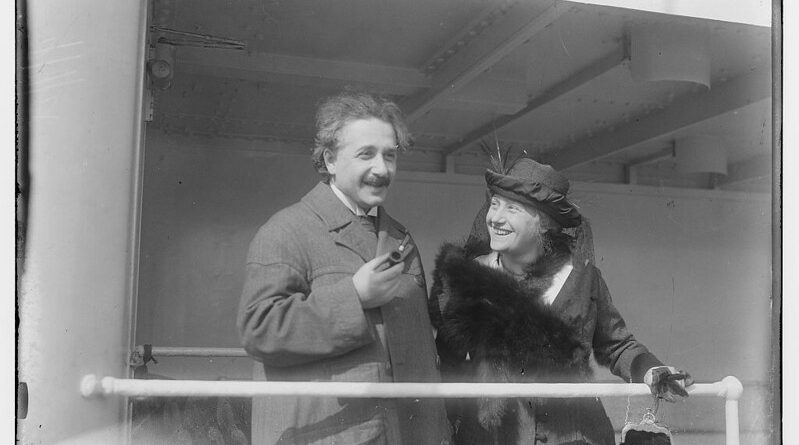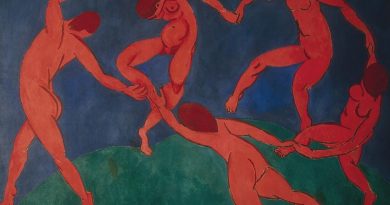Albert Einstein‘s Forgotten Wife
Albert Einstein developed his theory of relativity in Bern in 1905 and the humble apartment where Einstein lived with his young family between 1903 and 1905 while working in the Bern patent office which has now been turned into a museum.
Upstairs, a 20-minute biographical film tells his life story, while displays elsewhere flesh out the story of the subsequent general equation – E=mc², or energy equals mass times the speed of light squared – which fundamentally changed our understanding of space, time and the universe.
The heartbreaking story of his wife Mileva’s life provides a poignant contrast to his fabled scientific success.
In recent decades, newly discovered documents have offered tantalizing glimpses of a brilliant and ambitious woman who shared her husband’s interest in science. Different interpretations of the evidence, however, have produced bitter debate.
Traditionally, Einstein has been portrayed as something of a scientific saint. There are now letters that indicate that Albert treated his wife and sons shabbily, even cruelly ,raising the suspicion that he viewed Mileva’saspirations with equal disregard.
It is alleged Einstein’s demands of Mileva included treating her like a servant.
Mileva Maric limped because of a displaced hip, a birth defect unusually common in the region of Serbia where she was born . Sent to an all
male prep school because of her academic brilliance where she earned the highest grades again in both math and physics. To continue her education, Mileva went to Zurich, one of the few European cities, at the time, with a university that accepted women.
In the summer of 1896, she began studying medicine. By October, she had switched to the prestigious Zurich Polytechnic, which later became known as the Swiss Federal Institute of Technology (ETH). She was nearly 21, and only the fifth woman to be accepted by the ETH. One of her classmates was Albert Einstein. He was 17.
In 1899 they embarked on a “modern” love affair. Her parents were tolerant, knowing that Mileva’s marital prospects were few, due to her intelligence and disability. His parents opposed the relationship on every level. She was too old, too bookish, lame, a Serb, not Jewish. The greater the opposition, the more the couple was drawn together. Milevabecame fiercely protective of Albert; they were inseparable. But after a promising start to her academic studies, Mileva’sperformance began to falter. In the summer of 1900, she failed her final exams.
In 1904 the couple had a baby, Hans Albert. And next year was even better. It was Einstein’s annus mirabilis, the miracle year. Albert published his four scientific papers that each marked an important breakthrough. Mileva told a Serbian friend, “we finished some important work that will make my husband world famous.”
After another baby Albert and Mileva moved to Berlin where he delivered a another long list of rules to Mileva, with commands such as, “you must answer me at once when I speak to you.” In July, the day before the outbreak of World War I, Mileva packed her bags and took the boys back to Zurich.
Several affairs later, Albert demanded a divorce in 1916. Mileva collapsed and was hospitalized. As 1919 wound to a close, observations of a solar eclipse proved the General Theory of Relativity. Newspapers ran banner headlines: “Men of Science More or Less Agog.” Mileva was 44, divorced, and chronically ill. Hans Albert was 15 and bitter. Eduard was 9 and confused. Albert was 40, a world-famous figure and a newlywed but he never again produced physics on a par with the work of 1905.




